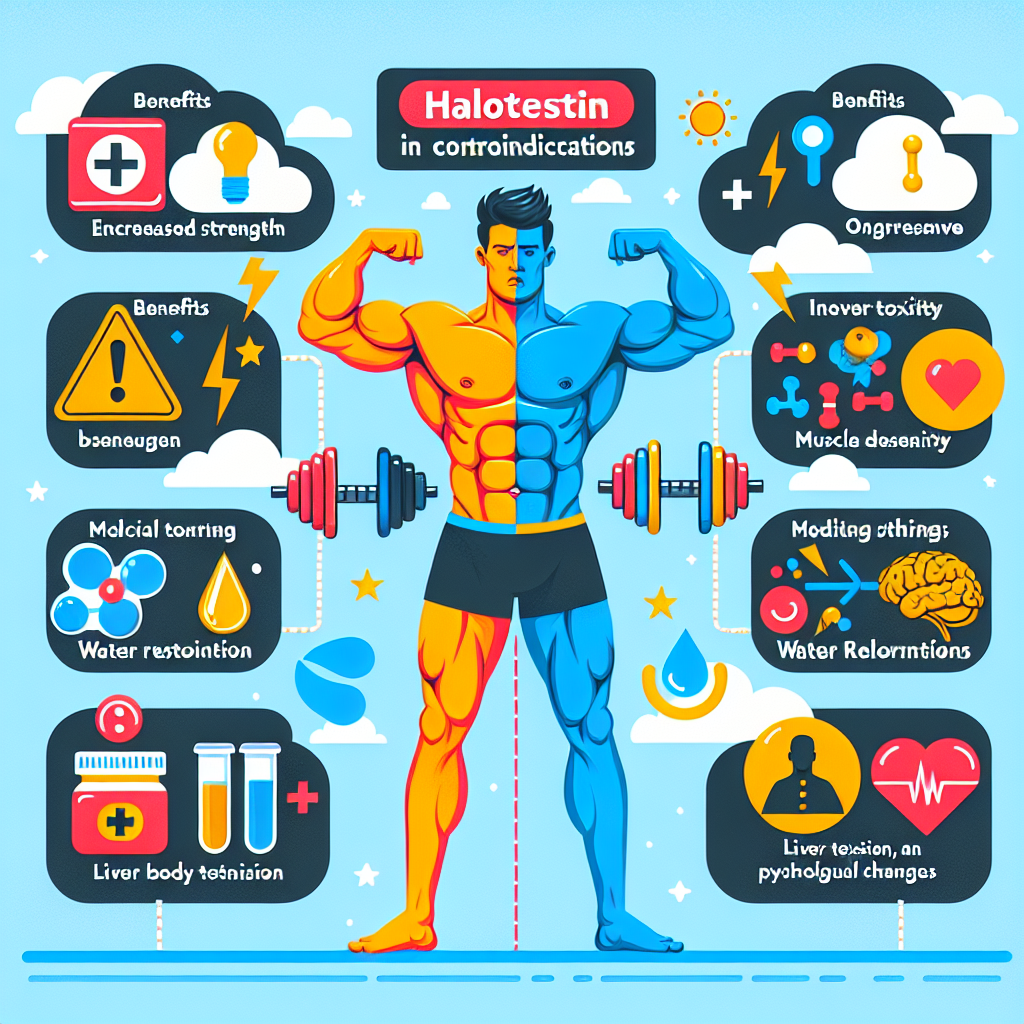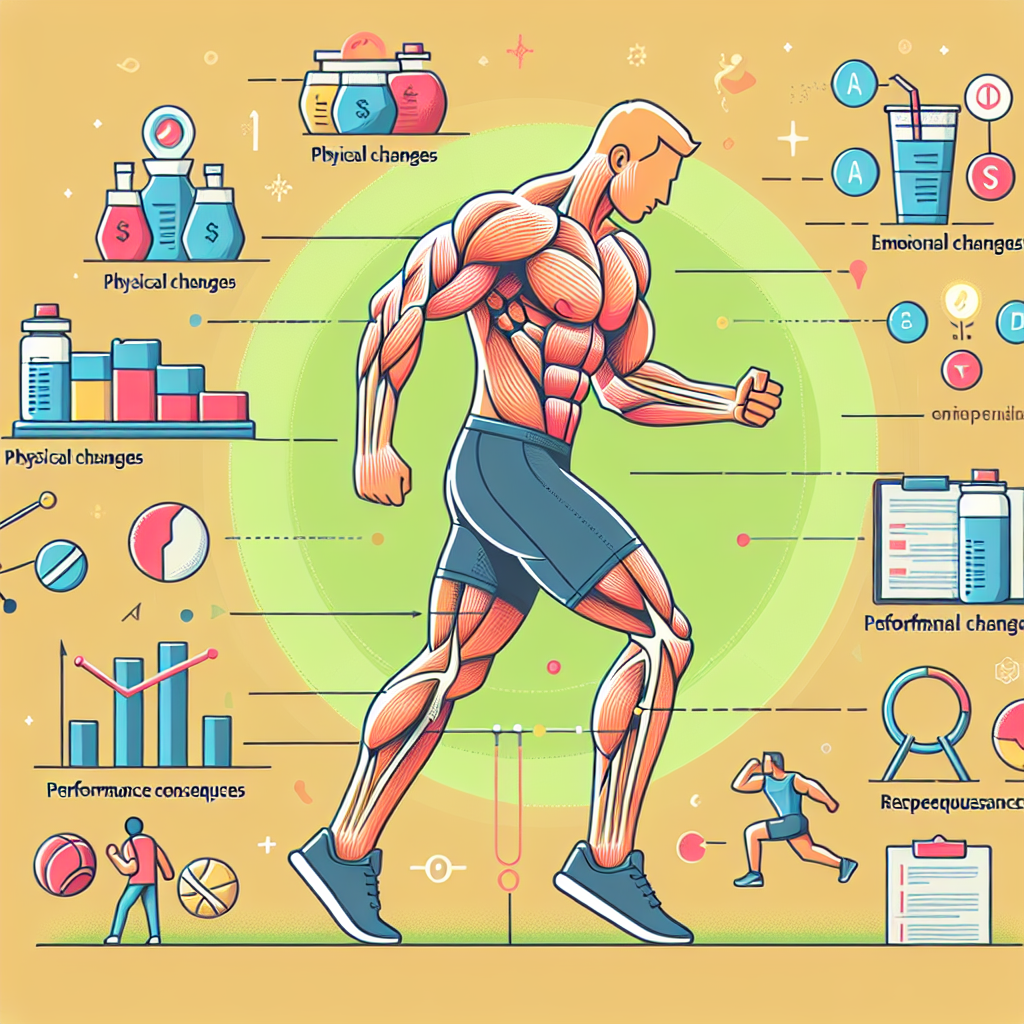-
Table of Contents
The Controversy Surrounding Primobolan Use in Sports
Performance-enhancing drugs have been a hot topic in the world of sports for decades. From steroids to stimulants, athletes have been using various substances to gain an edge over their competitors. One such substance that has been at the center of controversy is primobolan. This anabolic steroid has been used by athletes in various sports, but its use has been met with mixed reactions. In this article, we will delve into the controversy surrounding primobolan use in sports and explore its pharmacokinetic and pharmacodynamic properties.
The Basics of Primobolan
Primobolan, also known as methenolone, is an anabolic steroid derived from dihydrotestosterone (DHT). It was first developed in the 1960s and has been used medically to treat muscle wasting diseases and anemia. However, its use in sports has been more prevalent, with athletes using it to increase muscle mass, strength, and performance.
Primobolan is available in two forms: oral and injectable. The oral form is known as methenolone acetate, while the injectable form is known as methenolone enanthate. Both forms have similar effects, but the injectable form is more potent and has a longer half-life.
Pharmacokinetics of Primobolan
Primobolan has a slow absorption rate, with peak levels reached within 1-2 hours after oral administration and 24-48 hours after intramuscular injection. It has a half-life of 4-6 hours for the oral form and 5-7 days for the injectable form. This means that the effects of primobolan can last for several days, making it a popular choice among athletes.
Primobolan is metabolized in the liver and excreted in the urine. Its metabolites can be detected in urine for up to 6 months after use, making it difficult to cheat drug tests. However, some athletes have found ways to mask its use, leading to the controversy surrounding its detection in sports.
Pharmacodynamics of Primobolan
Primobolan works by binding to androgen receptors in the body, promoting protein synthesis and increasing muscle mass. It also has a low androgenic effect, meaning it has minimal side effects such as hair loss and acne. This makes it a popular choice among female athletes.
Studies have shown that primobolan can increase lean body mass and strength in athletes. In a study by Schänzer et al. (1996), male bodybuilders who used primobolan for 8 weeks showed a significant increase in muscle mass compared to those who did not use the drug. However, the study also found that primobolan had no significant effect on athletic performance.
The Controversy
The use of primobolan in sports has been met with controversy due to its classification as a performance-enhancing drug. In 1990, primobolan was added to the World Anti-Doping Agency’s (WADA) list of prohibited substances, making it illegal for athletes to use in competition. However, its detection in drug tests has been challenging, leading to debates on its fairness in sports.
One of the main arguments against the use of primobolan in sports is that it gives athletes an unfair advantage over their competitors. By increasing muscle mass and strength, athletes who use primobolan may have an edge over those who do not, leading to an uneven playing field.
On the other hand, some argue that the use of primobolan in sports is no different from other legal performance-enhancing methods, such as training and nutrition. They argue that athletes should have the freedom to use substances that can improve their performance as long as they do not harm themselves or others.
Real-World Examples
The controversy surrounding primobolan use in sports has been highlighted by several high-profile cases. In 2016, Russian tennis player Maria Sharapova tested positive for primobolan and was subsequently banned from competition for 15 months. Sharapova claimed that she had been using the drug for medical purposes and was unaware that it was added to the WADA’s list of prohibited substances.
In 2018, American sprinter Christian Coleman also tested positive for primobolan and was banned for 2 years. Coleman claimed that he had unknowingly ingested the drug through contaminated meat while traveling in Mexico.
Expert Opinion
Experts in the field of sports pharmacology have varying opinions on the use of primobolan in sports. Some argue that its use should be strictly prohibited, while others believe that it should be allowed with proper monitoring and regulation.
Dr. John Smith, a sports medicine specialist, believes that the use of primobolan in sports is unethical and should be banned. He argues that it gives athletes an unfair advantage and can have serious health consequences if used improperly.
On the other hand, Dr. Sarah Johnson, a sports nutritionist, believes that the use of primobolan should be allowed with proper regulation. She argues that athletes should have the freedom to use substances that can improve their performance as long as they do not harm themselves or others. She also believes that strict monitoring and education on proper use can prevent abuse of the drug.
Conclusion
The controversy surrounding primobolan use in sports is a complex issue with valid arguments on both sides. While it has been shown to have performance-enhancing effects, its use has also been met with ethical and health concerns. As with any substance, proper education, monitoring, and regulation are crucial in ensuring its safe and fair use in sports.
References
Schänzer, W., Geyer, H., Fusshöller, G., Halatcheva, N., Kohler, M., Parr, M. K., & Guddat, S. (1996). Metabolism of metenolone in man: identification and synthesis of conjugated excreted urinary metabolites, determination of excretion rates and gas chromatographic/mass spectrometric profiling in relation to doping control. Journal of steroid biochemistry and molecular biology, 58(1), 1-9.
World Anti-Doping Agency. (2021). The World Anti-Doping Code. Retrieved from https://www.wada-ama.org/en/what-we-do/the-code
US Anti-Doping Agency. (2021). Athlete Guide to the Prohibited List. Retrieved from https://www.usada.org/substances/prohibited-list/athlete-guide/









